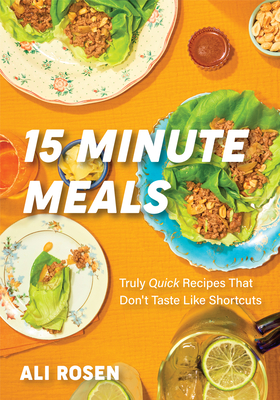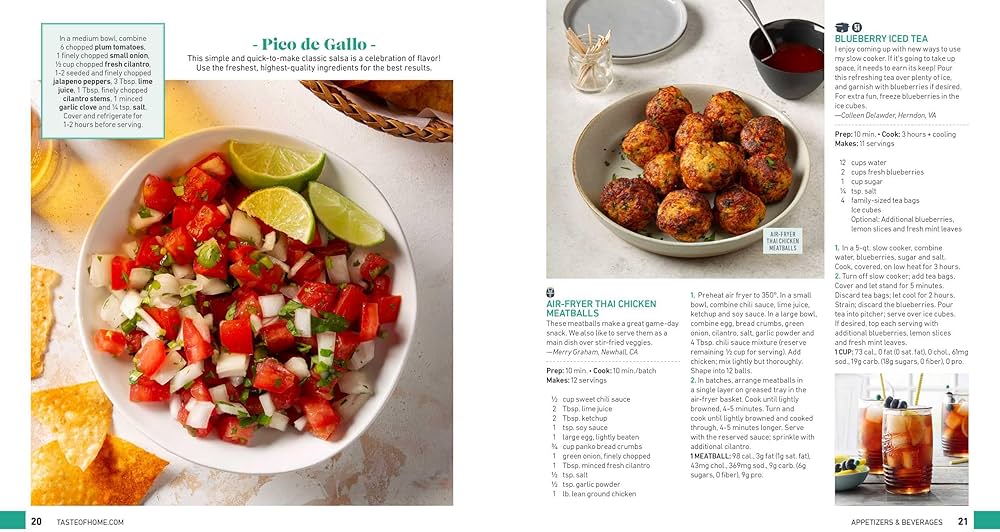Okay, so today I’m gonna walk you through my little adventure with “riefkohl.” Sounds fancy, right? Well, it’s not as complicated as it seems. Let’s dive in.

First off, I stumbled upon this “riefkohl” thing while messing around with some data projects. I was trying to clean up a messy dataset – you know, the kind where the columns are all over the place and the data types are a complete disaster. I was seriously pulling my hair out.
So, I started searching for a way to make my life easier. That’s when I found this “riefkohl” thing. The basic idea is it helps you structure your data in a cleaner way. I thought, “Alright, let’s give this a shot.”
I downloaded the “riefkohl” package (or whatever you wanna call it) and started tinkering. The initial setup was kinda straightforward, I just followed the instructions on the website, installed it, and imported it into my project.
Next, I loaded up my messy dataset into my coding environment. This is where the fun began. I used “riefkohl” to define the schema for my data. Think of it like telling the program: “Hey, this column is a string, this one’s a number, and this other one is a date.” It’s like creating a blueprint for your data.
After defining the schema, I ran “riefkohl” on my dataset. It went through each row and checked if the data matched the schema I defined. If there were any mismatches, it flagged them for me.

Now, this is where the real work started. I had to go through the flagged errors and fix them one by one. Some were easy – like converting strings to numbers. Others were trickier – like dealing with inconsistent date formats.
I spent a good chunk of time cleaning and transforming the data. Honestly, it was a bit tedious, but seeing the data slowly get into shape was pretty satisfying.
Once I cleaned everything up, I ran “riefkohl” again to make sure everything was perfect. This time, no errors! Victory!
Finally, I saved the cleaned data into a new file. Now I had a nice, structured dataset that I could actually work with without wanting to throw my computer out the window.
So, yeah, that’s my “riefkohl” experience. It was a bit of a learning curve, but definitely worth it in the end. Now I have a new tool in my data-wrangling arsenal. If you’re dealing with messy data, you might wanna give it a try!

